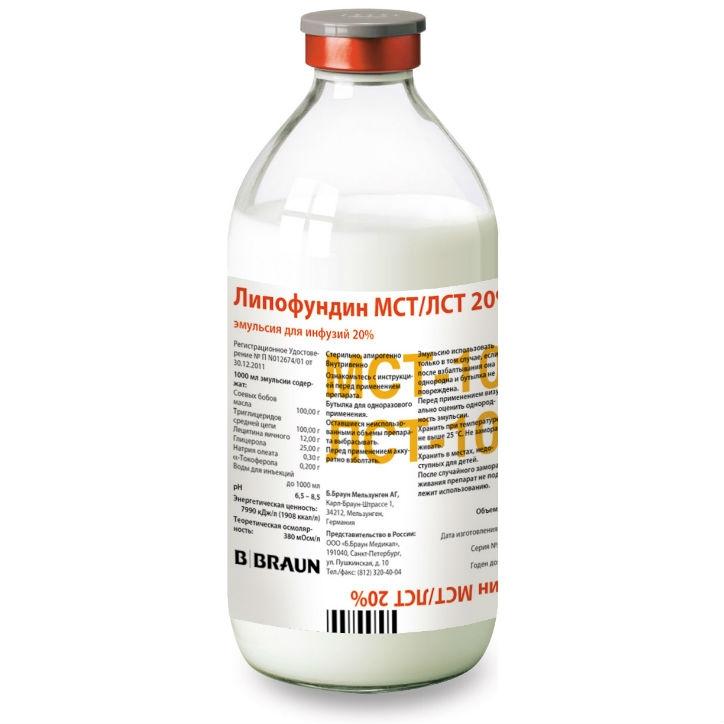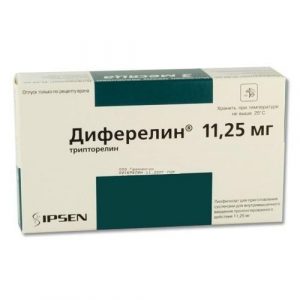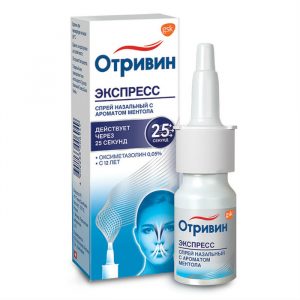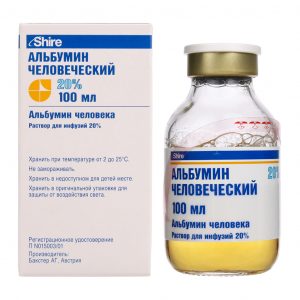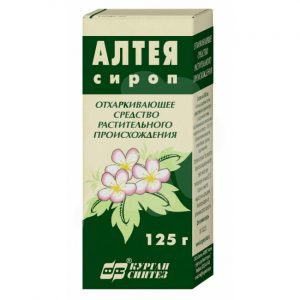Description
Release form
Emulsion for infusion
Pharmacological action
Lipoplus 20 is intended to replenish energy and polyunsaturated (irreplaceable) omega-6 and omega-3 fatty acids, as part of the parenteral nutrition regimen. Lipoplus 20 contains medium chain triglycerides, soybeans oil (long chain triglycerides) and triglycerides containing omega-3 fatty acids (long chain triglycerides).
Medium chain triglycerides undergo hydrolysis, excretion from plasma and oxidation faster than long chain triglycerides.
Only omega-6 and omega-3 long chain triglycerides contain polyunsaturated fatty acids. They are mainly intended to prevent and treat the lack of essential fatty acids, and are also an energy source. Lipoplus 20 contains essential omega-6 fatty acids, mainly in the form of linoleic acid, and omega-3 fatty acids in the form of -Linolenic acid, eicosapentaenoic acid and docosahexaenoic acid.
The ratio of omega-6 / omega-3 fatty acids in Lipoplus 20 is approximately 3: 1.
Pharmacokinetics of
Cmax triglycerides depends on the dose, rate of administration, metabolic state, and patient condition (degree of depletion). Medium chain fatty acids have a lower affinity for albumin than long chain fatty acids. However, when administered at the recommended doses, the binding of both types of fatty acids to albumin is almost 100%, while neither medium nor long chain fatty acids penetrate the blood-brain barrier and do not enter the cerebrospinal fluid.
Indications
Introduction of lipids as a source of energy and essential fatty acids, including omega-6 and omega-3 fatty acids, as part of the parenteral diet, when oral or enteral nutrition is not possible, insufficient or contraindicated.
Contraindications
The drug should not be administered under the following conditions:
severe hyperlipidemia
expressed coagulation disorders
intrahepatic cholestasis
severe liver failure
severe renal failure at impossibility haemofiltration or dialysis
acute phase of myocardial infarction or stroke
acute thromboembolism
fat embolism
increased sensitivity to the protein of eggs, fish or soybeans, to any of the active or excipients.
General contraindications for parenteral nutrition:
unstable, life-threatening circulatory disorders (collapse and shock)
unstable metabolic state (for example, severe post-traumatic conditions, decompensated diabetes mellitus, severe sepsis, acidosis)
pulmonary hypertension
dehydration
severe hypokalemia.
Caution: when prescribing the drug to patients with conditions accompanied by impaired fat metabolism (such as renal failure, compensated diabetes mellitus, pancreatitis, impaired liver function of mild to moderate degree, hypothyroidism (with hypertriglyceridemia), lung disease and mild to moderate sepsis) .
There have been no special controlled clinical trials for use in childhood, so the use of the drug in this category of patients is possible only after a thorough risk / benefit assessment, taking into account the need to reduce the rate of infusion.
Special instructions
Lipoplus 20 should always be an integral part of parenteral nutrition, including the administration of amino acid preparations and carbohydrate solutions. Nausea, vomiting, lack of appetite and hyperglycemia are symptoms, which are the basis for prescribing parenteral nutrition or are often found in patients who are shown parenteral nutrition.
With the introduction of the drug Lipoplus 20, it is necessary to control the concentration of triglycerides in blood plasma. In patients with a suspicion of impaired fat metabolism, the initial hyperlipidemia should be eliminated before the start of the infusion. Hypertriglyceridemia 12 hours after the administration of the drug indicates a violation of the metabolism of fats.
Depending on the patient s metabolic state, transient hypertriglyceridemia or an increase in plasma glucose concentration may develop. If the concentration of triglycerides in the plasma during the administration of the fat emulsion exceeds the above limit values for adults and children, it is recommended to reduce the rate of infusion. If the concentration of triglycerides in the plasma remains above the limit values, administration should be suspended until the concentration of triglycerides in the blood plasma is normalized.
It is necessary to control electrolytes, fluid balance or body weight, acid-base balance, glucose concentration in blood plasma, and with prolonged use – the cellular composition of the blood, coagulogram and liver functions. For any of the symptoms of an allergic reaction (for example, fever, chills, rash, or shortness of breath), immediately stop the infusion of Lipoplus 20.
An overdose can lead to fat overload syndrome.
There are no data on the use of Lipoplus 20 in children and adolescents, and data on the use of patients with diabetes mellitus or renal failure are limited.
Data on the use of Lipoplus 20 for more than 7 days is also limited.
A fat emulsion may decrease the accuracy of laboratory tests (e.g., bilirubin, lactate dehydrogenase, degree of oxygen saturation, hemoglobin) if blood samples are taken during or immediately after the end of the drug infusion. In most patients, lipids disappear from the bloodstream 5 to 6 hours after completion of the infusion.
The use of fat emulsions as the sole source of energy can trigger metabolic acidosis. The simultaneous use of carbohydrate solutions prevents the development of this complication. Thus, the infusion of a fat emulsion should always be combined with the introduction of a sufficient amount of carbohydrate solutions or preparations containing amino acids and carbohydrates. Vitamin E, which is part of the preparation, affects the effectiveness of vitamin K, which is involved in the synthesis of blood coagulation factors. This should be taken into account when prescribing the drug to patients with blood clotting disorders or suspected vitamin K deficiency.
Lipoplus 20 contains 2.6 mmol sodium / l. This must be considered in patients on a salt-free diet.
If filters are used during drug administration, they must be fat permeable.
Before introducing the fat emulsion together with other solutions through the Y-shaped or bypass connectors, it is necessary to check the compatibility of these drugs. Particular caution should be exercised when co-administered with solutions that contain divalent electrolytes (e.g. calcium).
Bottle for single use. Discard the remaining unused volumes of
drug.
Shake well before use.
Use the emulsion only if, after shaking, it is homogeneous and the bottle is not damaged. Before use, visually assess the uniformity of the emulsion. After accidental freezing, the drug should not be used.
Effect on the ability to drive vehicles and control mechanisms
The drug does not affect the ability to drive vehicles, mechanisms, and engage in potentially dangerous activities that require increased concentration and speed of psychomotor reactions.
Composition of
1 liter of emulsion contains:
Active ingredients:
soybean oil 80 g
triglycerides containing omega-3 fatty acids 20 g
medium triglycerides 100 g
Aggregates srdlkrd srdlkrd srdlkrd srdlkrd srdlkrd egg lecithin,
sodium hydroxide,
sodium oleate,
d / i water.
Side effects
From the hematopoietic system: very rare – hypercoagulation.
On the part of the immune system: very rare – allergic reactions.
From the side of metabolism and nutrition: very rare – hyperlipidemia, hyperglycemia, metabolic acidosis.
These adverse side reactions are dose-dependent and, therefore, are more likely to occur with a relative or absolute overdose of the drug. The frequency of occurrence of these adverse adverse reactions is less than 1/10 000 when using the drug in strict accordance with the instructions, observing the dosage regimen and monitoring the correct and safe administration of the drug.
From the side of the central nervous system: very rare – drowsiness.
From the cardiovascular system: very rare – increase or decrease in blood pressure.
From the respiratory system: very rare – shortness of breath, cyanosis.
From the digestive system: very rare – nausea, vomiting.
General disorders and disorders at the injection site: very rare – headache, hot flashes, erythema, fever, sweating, chills, back and chest pain, fat overload syndrome. In the case of adverse adverse reactions or an increase in the concentration of triglycerides in blood plasma above 3 mmol / L in adults and 1.7 mmol / L in children, it is necessary to reduce the dose or stop the infusion.
In case of resumption of infusion, careful monitoring of the patient’s condition is required. Blood plasma triglycerides should be monitored at increased intervals.
Triglycerides containing omega-3 fatty acids can increase blood clotting time and decrease platelet aggregation. In patients with aspirin-induced asthma, lung function may also be impaired.
Fat overload syndrome
Impaired triglyceride utilization, which may be caused by an overdose, can lead to fat overload syndrome. Monitoring should be done to detect symptoms of metabolic overload early. Fat overload syndrome may be of genetic etiology (individual differences in metabolism), in addition, existing or transferred diseases can affect fat metabolism. This syndrome can also develop against the background of severe hypertriglyceridemia, even if the recommended rate of infusion is observed, and also against the background of the development of severe complications, such as kidney failure or infection. Fat overload syndrome is characterized by hyperlipidemia, fever, fatty infiltration, hepatomegaly (with or without jaundice), splenomegaly, anemia, leukocytopenia, thrombocytopenia, impaired blood coagulation, hemolysis and reticulocytosis, which do not correspond to normal liver function tests. Symptoms are reversible and usually disappear after stopping the infusion. In case of signs of fat overload syndrome, the administration of Lipoplus 20 should be stopped immediately.
Overdose
Symptoms: An overdose leading to the development of fatty overload syndrome can result either from the administration of the fat emulsion too quickly or due to a change in the patient’s condition, for example, in case of impaired renal function or infection. An overdose can lead to the development of adverse adverse reactions.
A significant overdose of a fat emulsion containing medium chain triglycerides, especially without concomitant administration of carbohydrate solutions, can lead to metabolic acidosis.
Treatment: with an overdose, an immediate cessation of infusion is indicated. Further therapeutic measures depend on the specific symptoms and their severity. In the case of resuming infusion after the elimination of symptoms, the rate of administration should increase gradually under constant monitoring of the patient’s condition.
Storage conditions
In the dark place at a temperature of no higher than 25 ° C (do not freeze).
Term hodnosty
2 years
Deystvuyuschee substance
Fat emulsions for parenteral nutrition
Pharmacy terms
Prescription
Dosage form
emulsion for infusions
